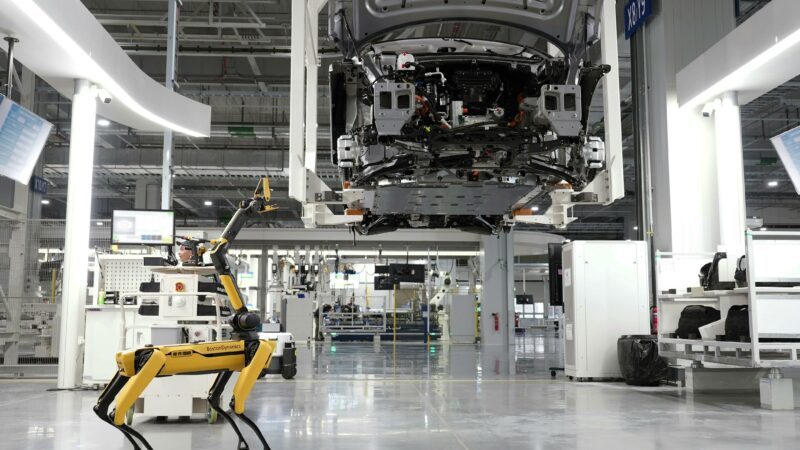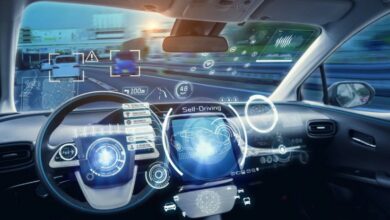
How AI Is Transforming Car Safety Systems
Artificial intelligence is no longer a futuristic idea in the automotive world—it is becoming a core component in the safety systems of modern vehicles. By 2025, AI will play the biggest role in reducing accidents, assisting drivers, and even controlling vehicles during emergencies. As car manufacturers push toward fully autonomous driving, AI technology is transforming safety in ways we’ve never seen before.
1. AI-Powered Collision Avoidance
Traditional emergency braking relies on sensors, but AI enhances this system by predicting a crash before it happens. Machine learning analyses speed, distance, movement patterns, and the behavior of surrounding vehicles. This allows the car to instantly apply brakes or steer away from danger without waiting for human reaction.
2. Intelligent Lane-Keeping Assistance
Lane assist used to be a simple vibration on the steering wheel. Today, AI-powered lane systems study road curvature, traffic flow, and lane quality. The car then corrects steering smoothly and naturally—almost like an experienced driver. This reduces highway accidents caused by drifting, drowsiness, or distraction.
3. Driver Monitoring via AI Cameras
New cars now come with interior AI cameras that track eye movement, head position, and even blink speed. If the system detects fatigue or loss of focus, it instantly triggers alerts—or can even slow the car down gradually. This technology is especially valuable in GCC countries where long highway drives are common.
4. Predictive Maintenance & Smart Diagnostics
AI safety doesn’t stop with driving. Systems now detect mechanical problems before they cause failure. For example, BMW and Mercedes use machine learning to monitor brake wear, battery performance, and tyre pressure changes. This ensures the car remains safe without waiting for a fault to appear.
5. Autonomous Emergency Maneuvering
In 2025, advanced models will be able to execute life-saving maneuvers automatically. AI can steer around obstacles, accelerate away from danger, or shift lanes instantly. This goes beyond braking—it gives the car the ability to “choose the safest move” in a split second.
6. Vehicle-to-Vehicle Communication (V2V)
The future brings AI systems that allow cars to communicate with each other. When one vehicle brakes suddenly, nearby vehicles receive instant signals and respond automatically. This could reduce chain-collision accidents dramatically.
AI is redefining what safety means and setting new global standards. With manufacturers like Tesla, BMW, Mercedes, Hyundai, and Audi integrating deeper AI functions every year, the next generation of vehicles will not only protect drivers—they will actively think, react, and prevent danger.








